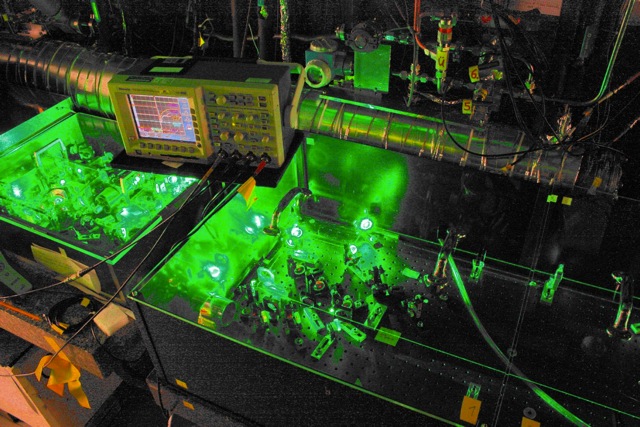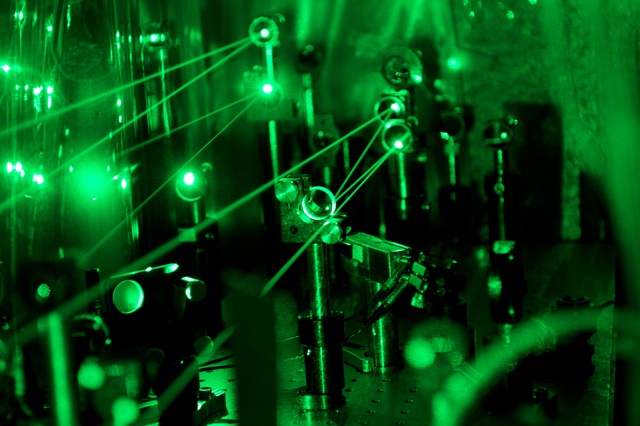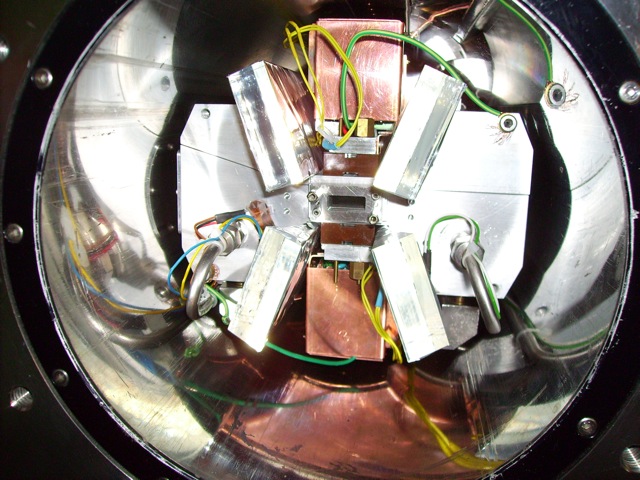URL: https://physikseminar.desy.de/zeuthen/past_colloquia/colloquia_in_2011/october_5_2011/@@siteview
Breadcrumb Navigation
The size of the proton
Randolf Pohl (MPI Quantenoptik)
Seminar Room 3, 15:00h
This year marks the 50th anniversary of Robert Hofstadter's Nobel prize which he received for his ground-breaking discovery [1] that the proton is in fact not a point-like particle, but has a substructure and is hence an extended object. Elastic electron-proton scattering has since been the method of choice to study the size of the proton: its rms charge radius Rp. We have recently determined Rp by means of laser spectroscopy of the exotic "muonic hydrogen" atom [2]. Here, the muon, which is 200 times heavier than the electron, orbits the proton with a 200 times smaller Bohr radius. This enhances the sensitivity to the proton's finite size tremendously. Our new value Rp = 0.84184 (67) fm is ten times more precise than the generally accepted CODATA / PDG value, but it differs by 5 standard deviations from it. Even more recently, the MAMI A1 collaboration published their new measurement of Rp using elastic electron-proton scattering [3]. Their value, Rp=0.879(8) fm, agrees with the older values from both electron scattering and spectroscopy in regular hydrogen. There is now a lively discussion about the "proton size puzzle".
[1] R. Hofstadter, R.W. McAllister, "Electron scattering from the proton", Phys. Rev. 98, 217 (1955).
[2] R. Pohl, A. Antognini, F. Nez et al., "The size of the proton", Nature 466, 213 (2010).
[3] J.C. Bernauer et al (MAMI A1 collaboration), "High-precision determination of the electric and magnetic form factors of the proton", Phys. Rev. Lett. 105, 242001 (2010).





